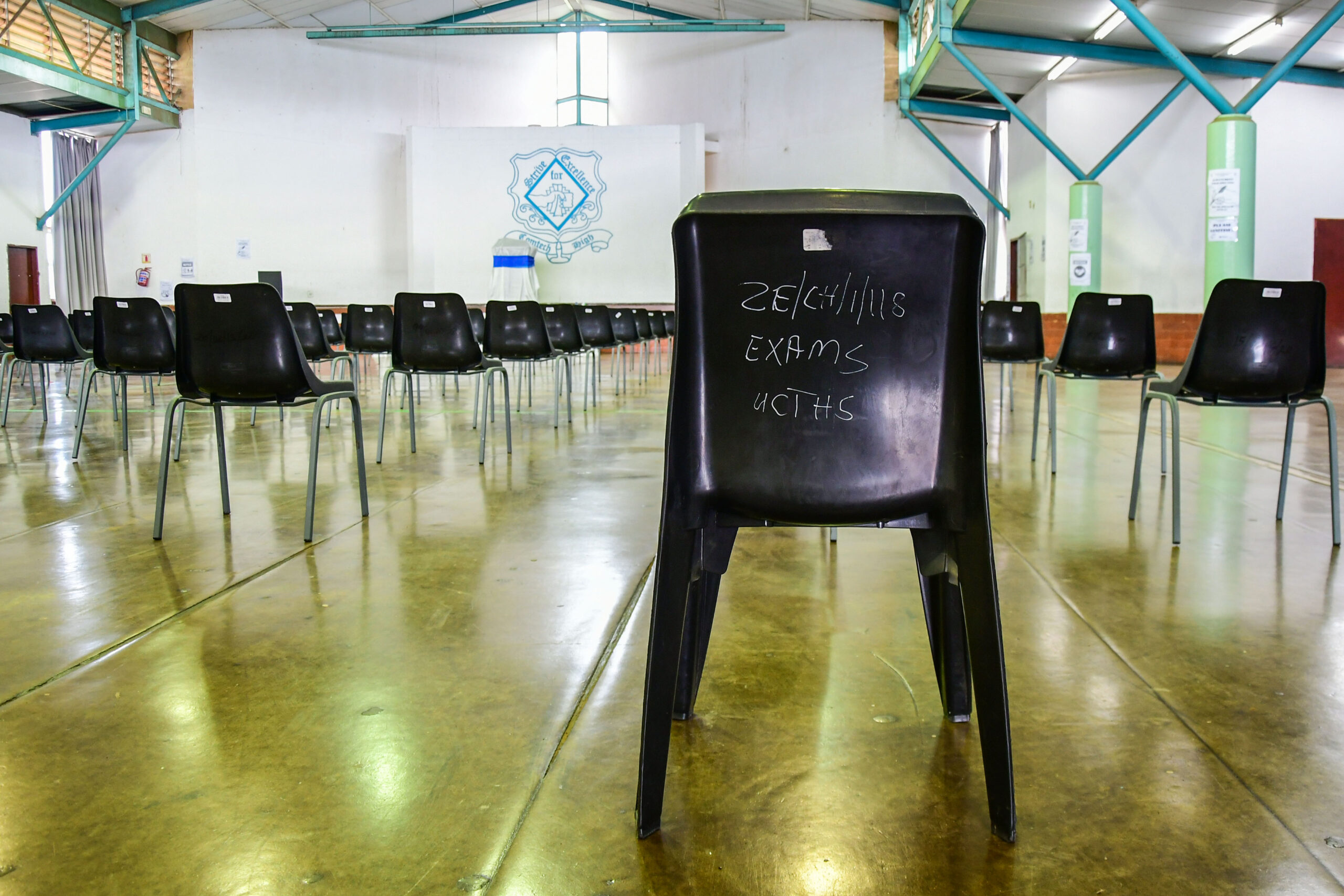I personally know that completing grade 12 is on the bucket list for most of us, but problems make this unattainable for many.
Four out of 10 learners will drop out before reaching matric and, according to Youth Capital’s latest research, an average of 723 000 candidates write matric exams each year but only about 462 000 are successful. Even fewer get the results required to go on to post-school studies. Without a matric certificate, young people are locked out of most work and training opportunities.
When I was in matric in 2014, my father lost his last minibus taxi, which was our family’s main source of income. My mother was a street vendor. This meant my family could not afford my university fees. This could have demotivated me; thanks to the guidance from my teacher I was determined to study the following year and my mind was set on a Bachelor of Commerce in Law. My school principal had mentioned a bursary, which required a learner to pass their subjects with at least a level 5. That was the only way I could afford to pay university fees, accommodation and other costs.
I met the bursary requirements. Fast-forward to 2021; I have completed my BA and I am employed. But I am not the norm.
In my matric class, there were 70 learners. I was one of about 10 to get a bursary. In my university class, only five of us graduated in time and got jobs shortly afterwards. This is the trend for South African learners; only some of us get the results we had hoped for and the rest are not given a chance to get back on track.
After witnessing the low rate of progression from Grade 12 to higher education where I lived (in Greytown, KwaZulu-Natal), I started Ohllofus (all of us), a nonprofit organisation to facilitate the transition from high school to post-school education and training.
When I started looking into the reasons many people fail their matric exam, I realised that a crucial but overlooked step is the transition from grade nine to grade 10, when learners have to choose the streams of subjects to follow until matric. This selection can make or break a learner’s future.
Learners are not equipped to make that selection according to their personal strengths and weaknesses. At Ohllofus, we ran a programme with grade 12 learners to determine their performance in different subjects. It became clear that without essential knowledge, learners depend on friends, family or teachers to make this important decision.
One of the learners said: “When I arrived in grade 10 and had to make a choice about what subjects to follow, I didn’t think about the career in the future, I went with my friends to a class with subjects I thought I was good at.”
The school also plays a role in terms of “subject groupings”. These are subject combinations predetermined mostly by public schools because of the limited number of classrooms and teachers. One learner at Ohllofus chose life sciences, geography, maths and physical sciences when in grade 10. During her assessment with us, we found she wasn’t strong in physical and life sciences and maths. Essentially, she is at risk of failing three subjects that are not a requirement for the career field she wants.
Setting learners up for success is in our reach. We know that certification improves employment prospects and that not having a matric certificate cuts people out of economic participation. With the learning losses caused by the Covid lockdowns pushing more learners out of the education system, we must prioritise support in schools now.
Possible remedies include individualised career workshops before learners make their choice of subjects. Providing career information that aligns with subjects and current marks would help learners think more holistically and realistically when they make their choice.
Discussions about post-schooling options tend to underplay the vocational route. We need to present learners with the full range of potential choices, which include colleges. The grade 9 general education certificate would make technical and vocational streams easier to pursue; this is critical given the high demand for technical skills.
We hope for a better South Africa through an education system that supports everyone’s strengths and enables every person to learn, grow and improve their lives. But hope can only get us so far. Solutions grounded in our realities, can get us there.



